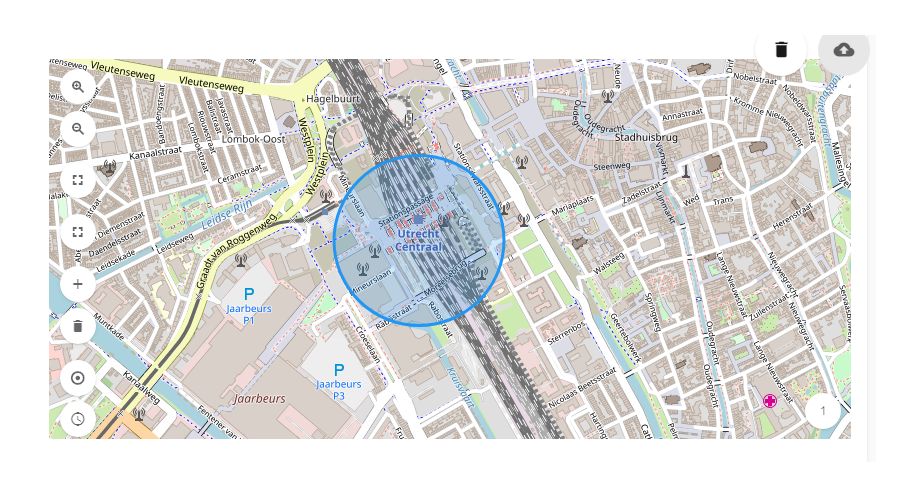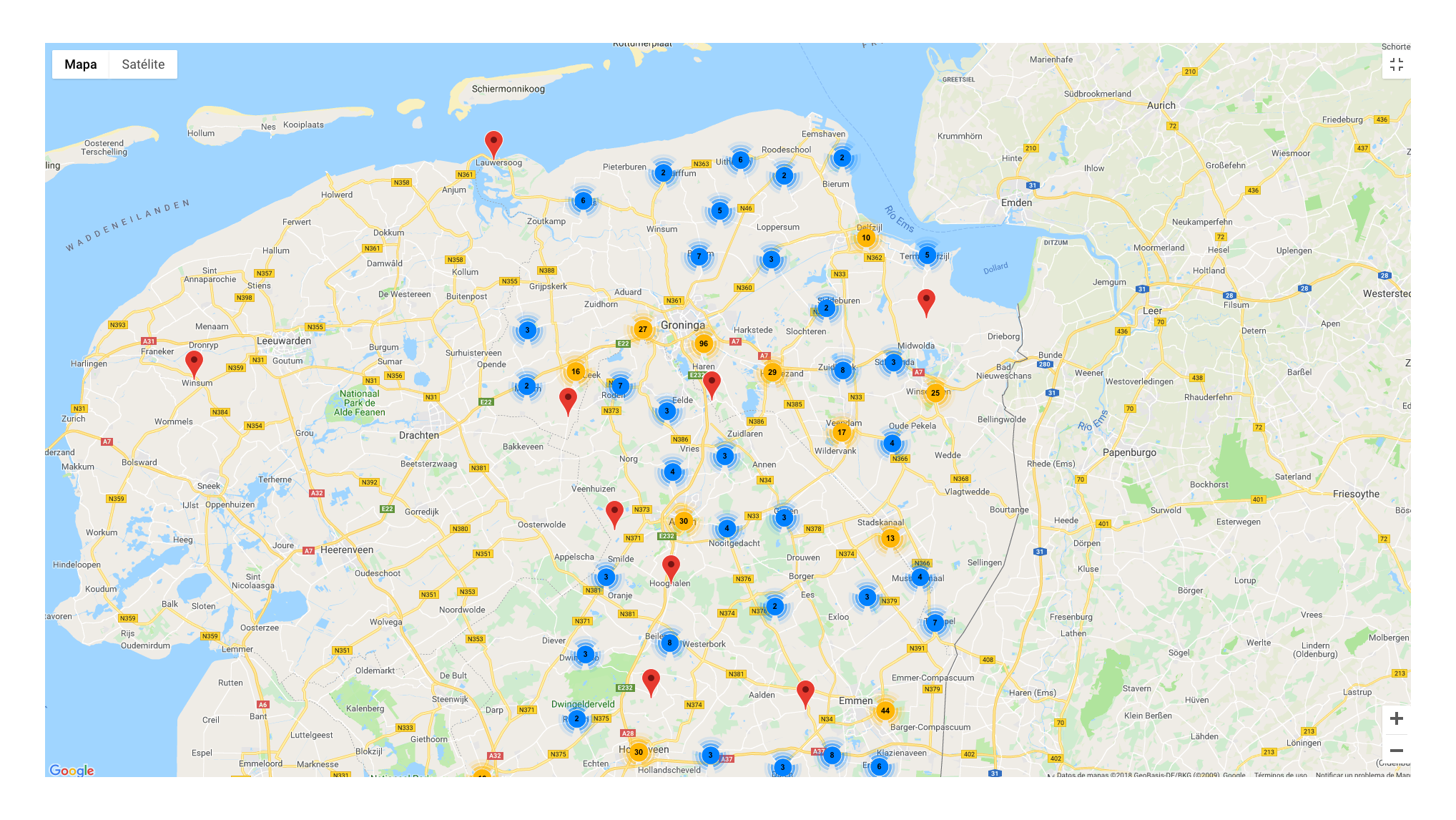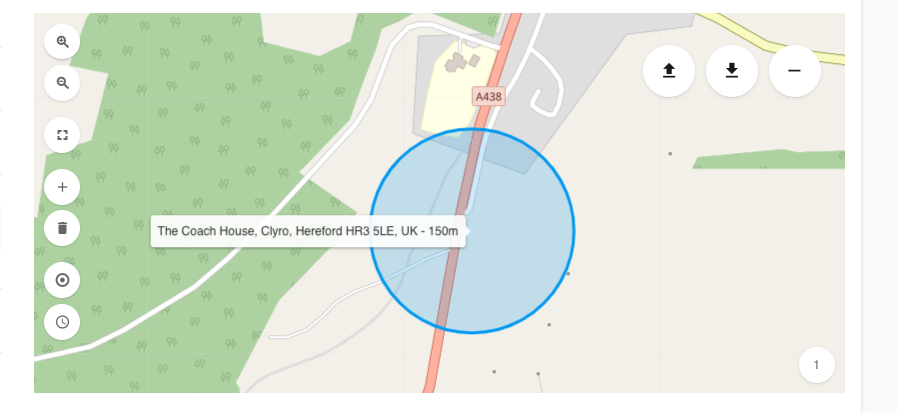Case Study: Location-Based Programmatic Advertising
Fallstudier
Platsbaserad programmatisk displayannonsering - en introduktion
Mobile ads can be targeted to users in highly specific physical areas, defined by geo-fences as small as 25 meters in radius. When a device sends an ad request, it includes GPS-based location data — often accurate within 10 meters.
Targetoo’s geo-targeting tool allows advertisers to upload and process thousands — even hundreds of thousands — of addresses (based on postal code and house number) in a single campaign. Geo-fence radius settings can be adjusted globally or individually across all locations.
Problem och utmaningar
Despite its capabilities, location-based targeting presents challenges. For example, clients often ask to see a live ad on their own device by placing a geo-fence over their office location — yet the banner doesn’t always appear. This undermines confidence in the accuracy of location-based advertising.
Common reasons a banner may not appear include:
Active ad blockers (often enabled unknowingly)
App-level ad blocking preferences
Mismatched or inaccurate device GPS data
Although browser-based location transfer is improving, GPS data transmitted via in-app ad requests remains the most reliable source for location accuracy.
Because of these factors, demonstrating location-based delivery in real time can be difficult. However, several techniques can increase the likelihood of showing an ad on a specific device — for example, targeting a known device ID.
Alternatively, performance data from real campaigns provides the clearest proof of how well location-based advertising works.
Kampanjen
A client — a recruitment agency for a healthcare provider — needed to hire 18 new employees urgently. We proposed a programmatic display campaign targeting locations relevant to healthcare workers: nursing homes, hospitals, and care facilities.
We acquired a list of 12,526 addresses matching those criteria and uploaded it into our geo-tool. Each address was assigned a 110-meter radius geo-fence.
We ran two parallel campaigns:
Location-targeted campaign (above those specific addresses)
National campaign (same creatives, no geo-targeting)
Both campaigns ran for three weeks, serving a total of 1.43 million impressions. The campaign successfully generated enough applicants to fill all 18 vacancies.
Resultat
Huvudlinjen (som visade annonser på dessa 12.526 specifika adresser/platser) uppnådde en CTR på 0,72% baserat på IAB:s standardbanners. En CTR på 1,56% uppnåddes med Interscroller-formatet.
Landningsfrekvensen för IAB-uppsättningen var 74%, medan landningsfrekvensen för Interscroller var 56%.
Som förklarat lanserade vi en kampanj med exakt samma annonser, men utan platsinriktning. Dessa annonser visades i huvudsak i hela Nederländerna (igen; ingen platsinriktning på specifika adresser). Resultaten var som följer:
Results – Location-Targeted Campaign
CTR (IAB banners): 0.72%
CTR (Interscroller): 1.56%
Landing rate (IAB): 74%
Landing rate (Interscroller): 56%
Results – Nationwide Campaign (no location targeting)
CTR (IAB banners): 0.23%
CTR (Interscroller): 0.82%
Landing rate (IAB): 44%
Landing rate (Interscroller): 36%
Performance Comparison
CTR of IAB banners 3× higher with location targeting
CTR of Interscroller 2× higher with location targeting
Landing rate of IAB banners +85% higher
Landing rate of Interscroller +65% higher
These results confirm that location-based delivery drives significantly stronger engagement. Ads served above relevant physical locations generated higher click-through and landing rates — proving that contextually targeted impressions reach more interested audiences and perform measurably better.
Kontakta oss om du vill veta mer och/eller diskutera vilka alternativ för platsspecificering som kan hjälpa dig att nå din målgrupp på ett bättre och mer kostnadseffektivt sätt.
DEPLOYING A WHITELIST ON OPENRTB
Running programmatic campaigns exclusively on premium whitelists can be extremely challenging — but when it works, performance can be exceptional, with CTRs exceeding 40%.
Some advertisers insist on running campaigns solely across approved premium publishers — and they’re right to do so. Reasons include brand safety, precise audience targeting, and skepticism about automated brand safety tools, which don’t always prevent placements on low-quality sites.
Experienced traders know that achieving significant campaign volume while maintaining a strict whitelist is rarely realistic.
To understand why, consider the breadth of today’s digital ecosystem: virtually every hobby, interest, or niche community has its own set of dedicated publishers. This opens fascinating possibilities — in theory, you could target only those sites and apps that align perfectly with your exact audience profile.
Exempel:
Targeting niche audiences by category is technically possible — for example:
A horse feed supplier can advertise across equestrian publishers.
A kite-surfing brand can target sites covering wind and surf conditions.
A driving instructor can focus on publishers offering driving education content.
A premium travel agency can run ads in top-tier travel and lifestyle publications.
One of our clients, Kamalan Travel, requested an exclusive whitelist campaign targeting high-end global publishers such as CNN, BBC, Forbes, The Guardian, National Geographic, Vogue, The New Yorker, Monocle, and others — all within the travel and lifestyle vertical.
Detta är vad som hände:
We began bidding at a $21 dynamic CPM, steadily increasing to $44, $111, $241, and eventually $900 — still with no traction.
At $5,002, we finally secured limited impressions, averaging a CPM of $3,349. Despite the high bid, the campaign achieved exceptional engagement: a 45.6% CTR, peaking at 66.7% on certain days.
Vad säger allt detta oss?
These results highlight two truths about programmatic trading:
Competition for premium inventory is constant and intense.
At scale, campaigns inevitably rely on Run of Network (RON) placements for volume.
While exclusive whitelisting offers unmatched brand alignment, it also limits reach and dramatically increases costs. Striking the right balance between whitelist control and scalable reach remains key to efficient programmatic strategy.







